SuperEx丨Meta Unveils New VR Headset, Expands Presence in the Metaverse
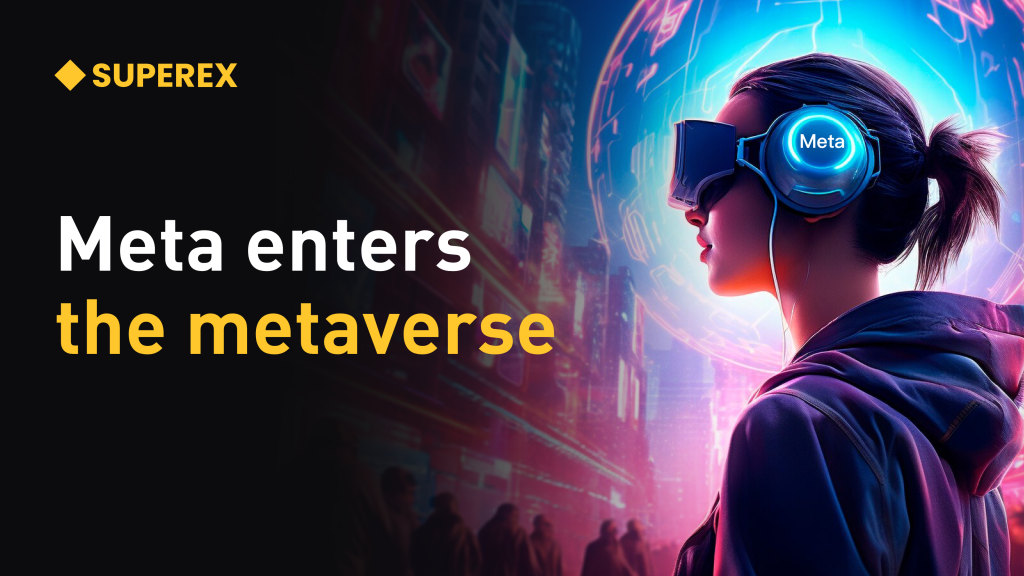
#Meta #Metaverse #crypto
On September 25th, Meta unveiled a series of new products at its Menlo Park headquarters in California, including an updated, low-cost Quest 3S virtual reality headset and a range of enhancements to its AI assistant, Meta AI.
These updates will bring a variety of celebrity voices — including Awkwafina, John Cena, and Dame Judi Dench — into the AI assistant’s repertoire, enabling them to respond to user inquiries. The assistant is integrated into most of Meta’s mainstream applications, including Instagram, WhatsApp, Messenger, and Facebook.
- Click to register SuperEx
- Click to download the SuperEx APP
- Click to enter SuperEx CMC
- Click to enter SuperEx DAO Academy — Space
These new products represent Mark Zuckerberg’s latest attempt to combine his vision for social networking with the potential of emerging technologies. While Meta has achieved some success in selling VR headsets and the unexpected popularity of Ray-Ban’s augmented reality glasses, Zuckerberg’s broader metaverse vision is still several years away from full realization. Over the past few years, Meta has invested nearly $50 billion in its Reality Labs division (the company’s hardware arm), which remains unprofitable in the short term. Additionally, Meta’s costs continue to rise due to its expansion into artificial intelligence and data centers.
Of course, Meta’s latest move is not just an effort to push hardware sales but a strategic maneuver to dominate the future metaverse market. As virtual reality, augmented reality, and artificial intelligence technologies converge, Meta is building a comprehensive digital ecosystem to further solidify its central position within the metaverse. While the profitability of Meta’s metaverse endeavors is still under question, its substantial investment is clearly aimed at capturing a significant share of the future digital world.
The release of these new products also hints at Meta’s long-term strategy within the global tech giant competition: On the one hand, it uses low-cost strategies to increase hardware adoption rates and lower the entry barriers for users; on the other hand, it tightly integrates VR headsets and AR glasses with its social media platforms and AI assistants, bringing more users into its metaverse ecosystem.
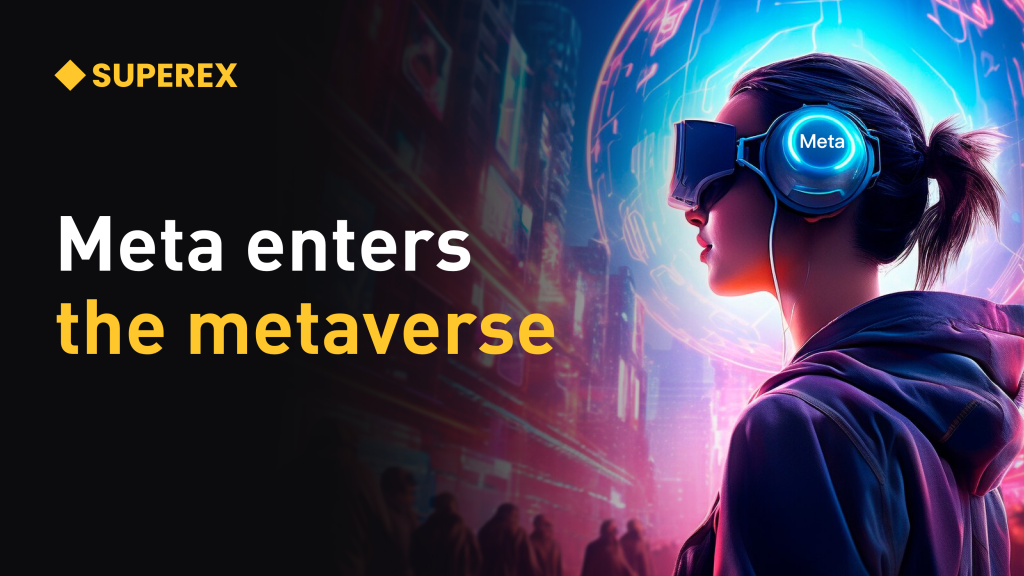
Meanwhile, the relationship between the cryptocurrency market and the metaverse is becoming increasingly intertwined. As virtual assets see broader applications within the metaverse, cryptocurrencies and blockchain technology are set to play a pivotal role. The metaverse will not merely serve as a platform for entertainment and social interaction but will evolve into a decentralized digital economy supporting complex economic behaviors such as virtual goods transactions, virtual real estate investments, and identity verification among users. Meta’s strategic layout could indirectly spur the circulation of crypto assets in virtual worlds, attracting more users to understand and utilize cryptocurrencies, thereby injecting new vitality into the entire crypto market.
In the long run, Meta’s continuous expansion and technological innovation in the metaverse will undoubtedly influence the ecosystem development of the entire crypto industry. Currently, more and more crypto projects like Decentraland and The Sandbox are forming a competitive yet cooperative relationship with the metaverse that Meta aims to build. Meta’s advantages in hardware, social media, and AI allow it to offer a one-stop metaverse experience, making these strengths valuable assets to attract more partnerships with crypto assets and NFT projects.
Looking forward, as more traditional tech giants and blockchain startups join the metaverse’s construction, the crypto market will face new opportunities for growth. We can foresee that digital assets and blockchain technology will play increasingly vital roles in virtual reality and augmented reality fields, and Meta’s strategic upgrade this time could become a pivotal turning point for the integration of the crypto market and the metaverse.


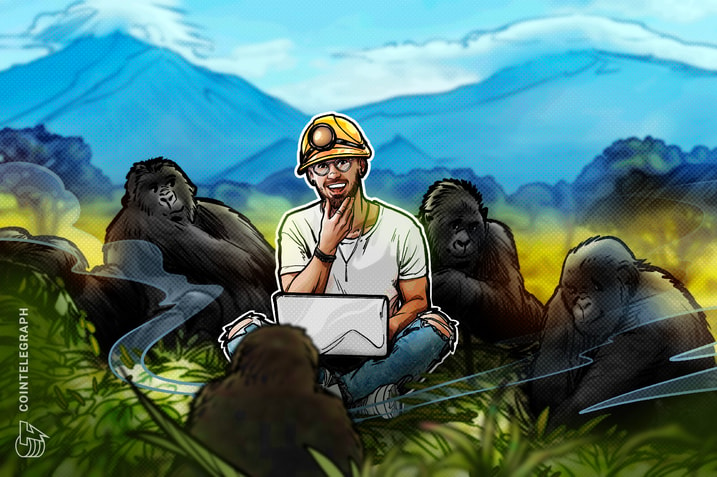
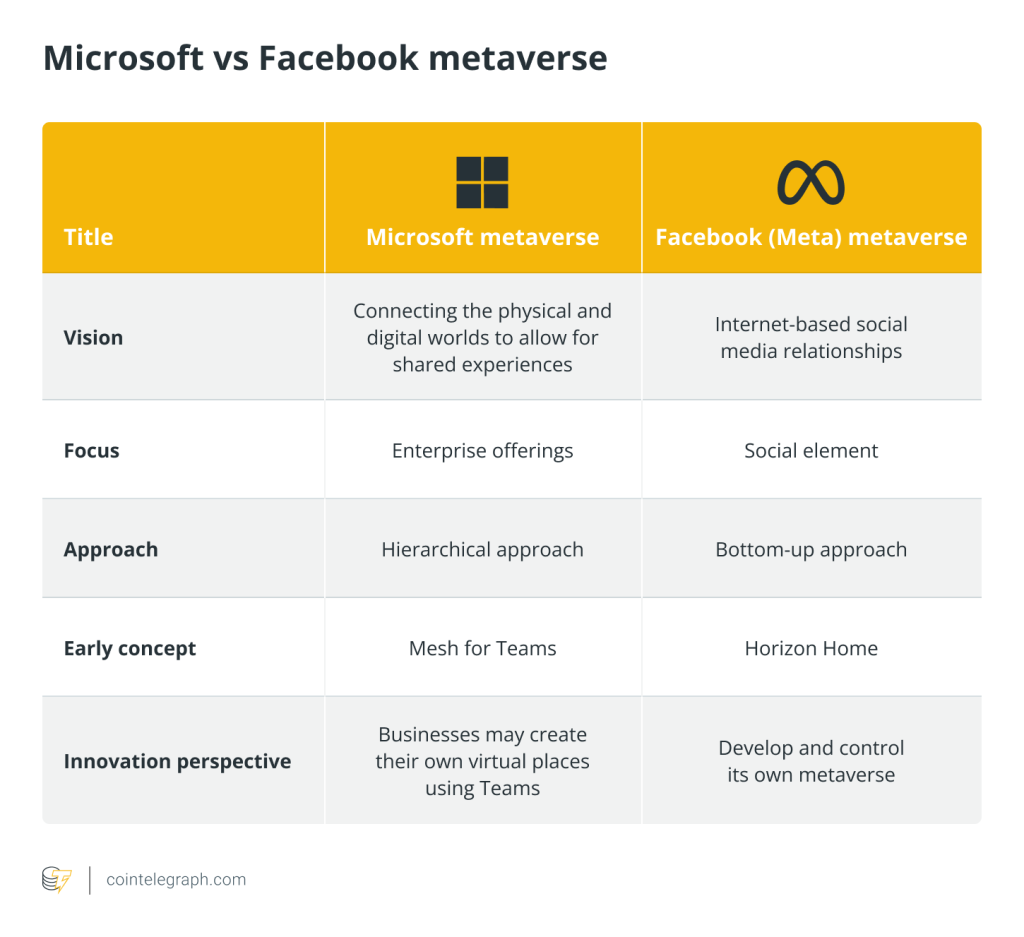
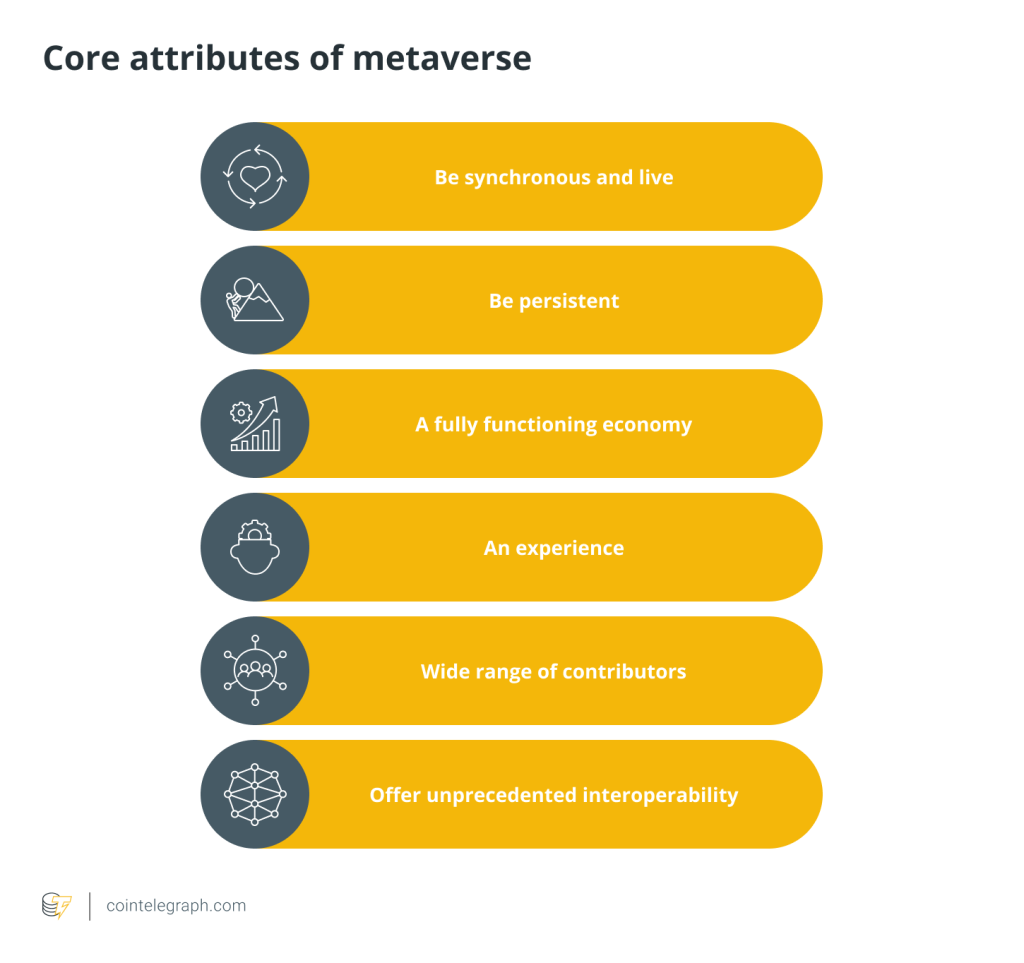
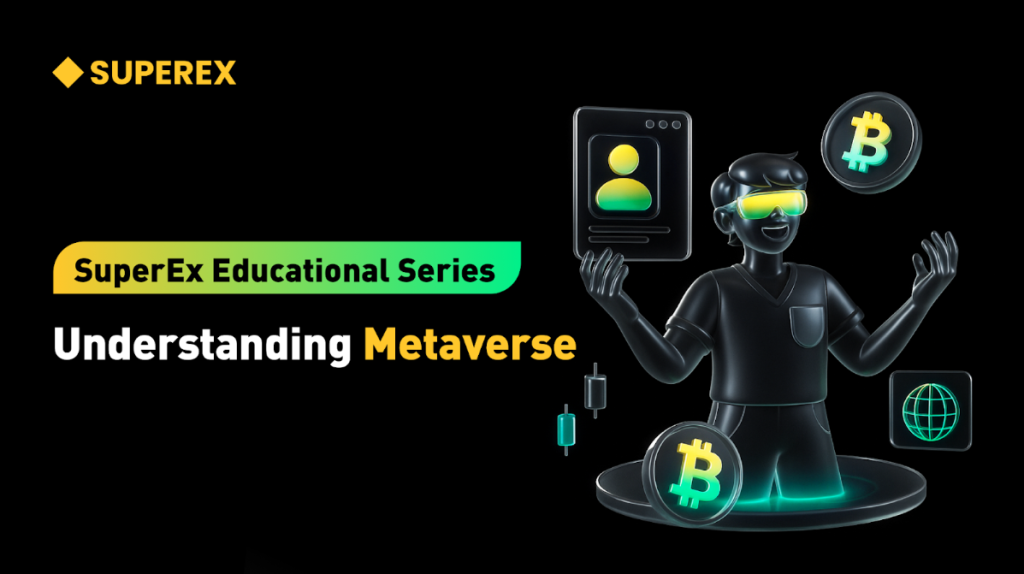
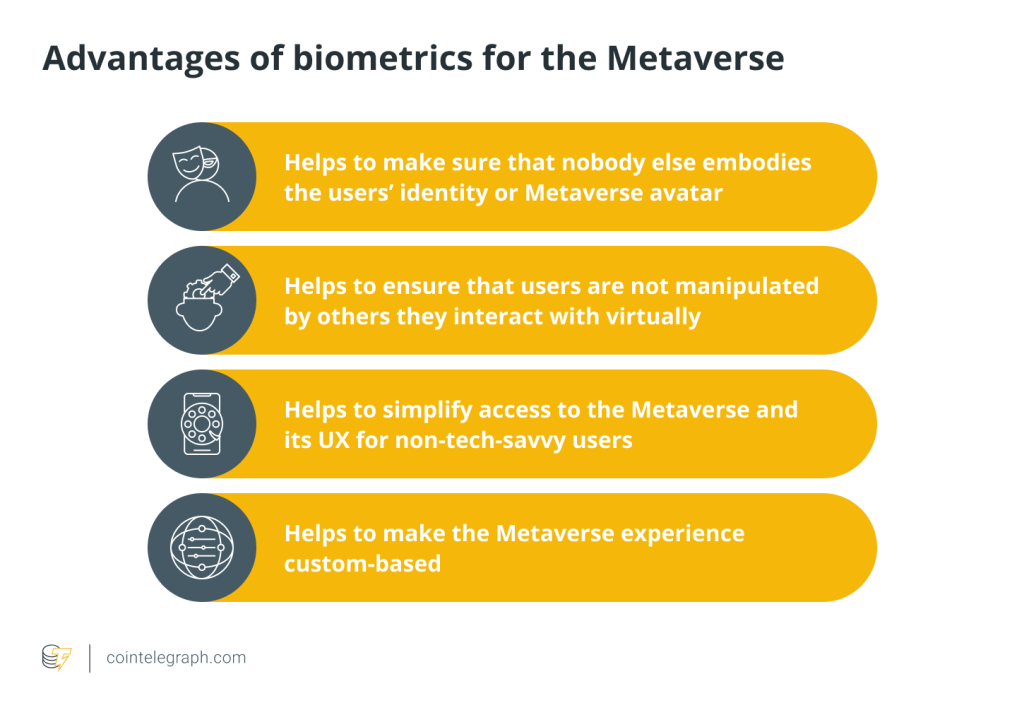
Responses